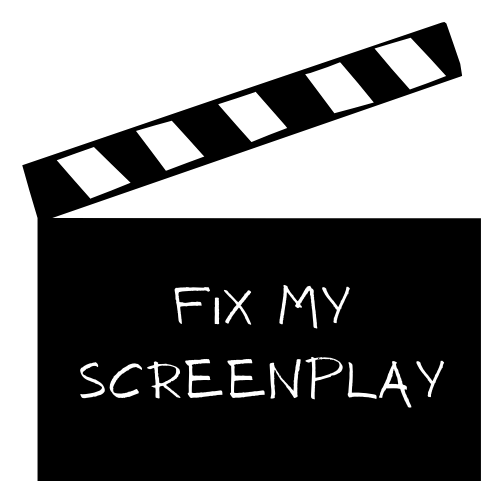Newsletter 3 - Dialogue & Scenes

In this newsletter, we'll discuss how to fast-track the aspiring screenwriter to A-list dialogue subtext. Next, we'll explore the advanced screenwriting technique of scene integration and timing, using page one of a screenplay as an example. And much more....enjoy!

ESTABLISHING SHOT
In a previous newsletter, we discussed the four things that must be in every scene in a screenplay. There is an exception. It's the establishing shot and, needless to say, the end scene.
The Establishing Shot should go beyond establishing the location. It should also establish the tone, mood and atmosphere of the story and its genre. It's the easiest way to set up the story with a single visual. For example, a dark and rainy establishing shot with a castle sets the perfect stage for a vampire story in the horror genre. While a bright and sunny day at a beach could set the stage for a romantic comedy, family movie or genre that's lighter with an airy feel to it.
THE END SCENE
The second exception is the end scene. A way to approach the end scene is to make it a scene that brings the story full circle. This can be accomplished by using the exact same scene from the opening, done in a new way that reveals change. Or use a different, contrasting scene that also conveys change in a way that brings the story full circle.
For example, in the movie Shawshank Redemption, the story opens with a very dark scene and ends with the characters on a bright and sunny beach, far from the dark days of the past.
Take a look at the opening and closing scenes in your screenplay. Do they tie together in a visual way that brings the story full circle?
There is only genre where bringing the story full-circle is not required. In fact, it would break the genre and that horror. We'll discuss the rules of every genre in an upcoming newsletter.
SCENE INTEGRATION & TIMING
In this video, I've rewritten the same scene three times from the opening page of a screenplay. The first version is completely wrong. The second version is how aspiring screenwriters handle the scene. And finally, the third version is how an A-list writer delivers the scene.
